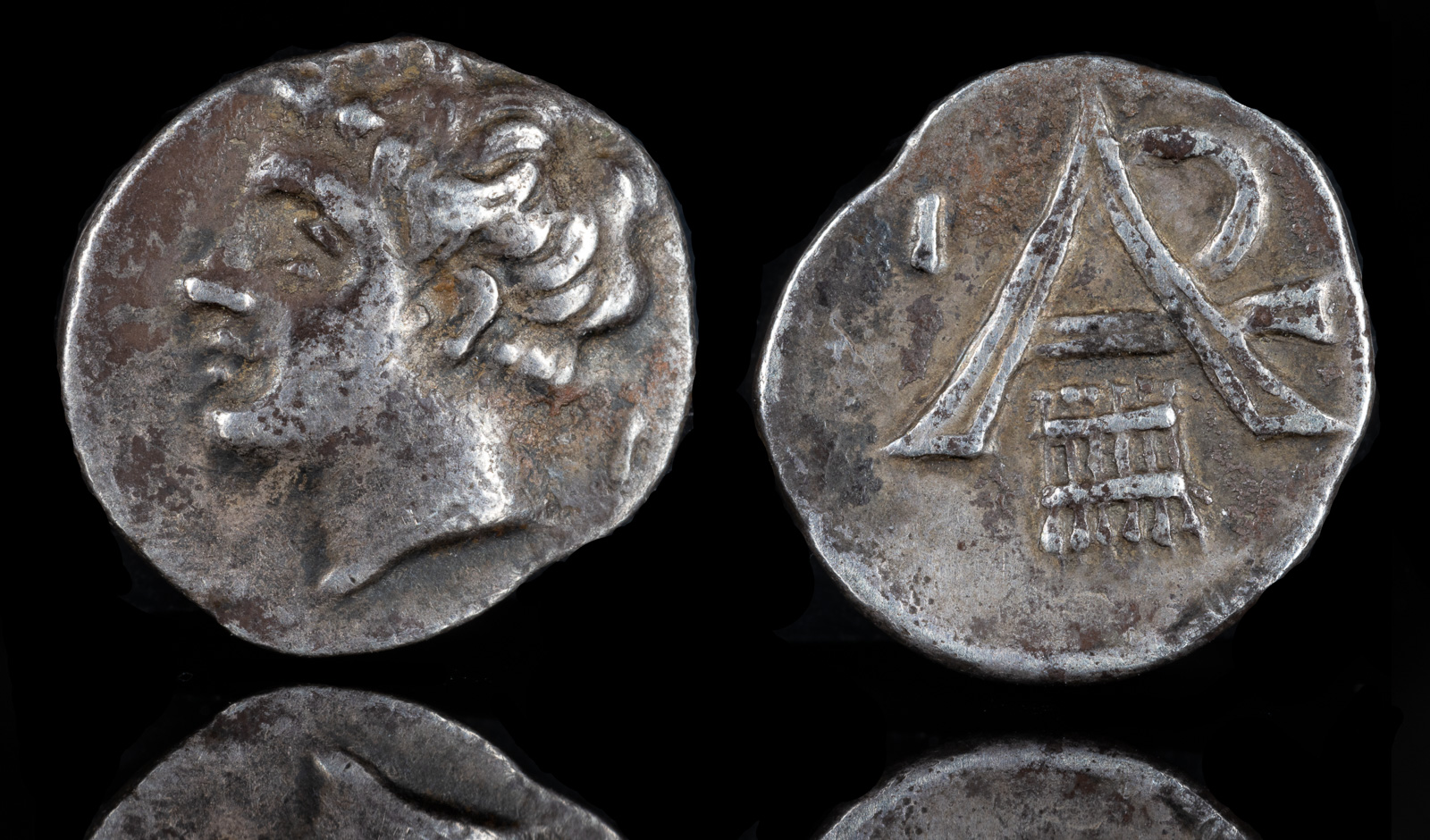Syrinx
View All Tags
In ancient Greek society, the syrinx was typically made from a variety of materials, including reeds, wood, or bone, with the length and number of pipes determining the pitch range. The instrument was played primarily by shepherds and rural dwellers, who used it to accompany their work in the fields and pastures. It was especially popular among the rustic and pastoral communities, symbolizing the connection between humans and the natural world. In addition to its use in everyday life, the syrinx was also featured in rituals and festivals, often played in cultic music associated with the worship of Pan and other deities connected to nature, such as Dionysus.
The syrinx also had its place in Greek theater and musical performances, though it was often overshadowed by more sophisticated instruments like the lyre and kithara. The instrument’s simple design and hauntingly melodic sound made it ideal for creating a connection between the audience and the primal aspects of nature. In the context of the Muses and their influence on music and performance, the syrinx helped invoke the rustic and untamed qualities that were thought to be inspired by the divine.

Arkadia. Arcadian League. Megalopolis
AR Obol 320-275 BCE
12.24mm .87 grams
Obverse: Head of Pan left
Reverse: Monogram of the Arcadian League, I in left field, syrinx below
BCD Peloponnesos (Megalopolis) 1517
Ex Strasbourg (4 December 1985)
Ex Marc Breitsprecher